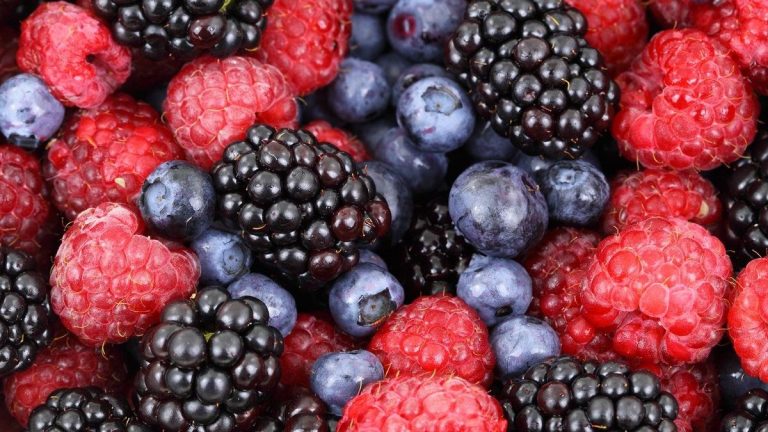
What are flavonoids and where to find them?
The flavonoids are a type of antioxidant polyphenol present in plant foods such as fruits, vegetables, black chocolate, red wine, and tea.
Six different classes of flavonoids can be differentiated based on their chemical structure: flavanols, flavan-3-ols, flavanones, flavones, anthocyanins, and isoflavones. Their structural differences can determine variations in their metabolism and bioactivity, which can affect their health effects.
Flavonoids and mortality reduction
Previous studies show that higher intakes of flavonoids are associated with a lower risk of total mortality, cardiovascular mortality, and cancer mortality. In this sense, this is the first observational study to show that this association is fulfilled with the different types of flavonoids separately.
Furthermore, it is a study in which a large number of participants were included and in which a large number of events occurred. On the other hand, detailed estimation of flavonoid intake was carried out.
Finally, the high prevalence of smoking and alcohol consumption among the participants has allowed this circumstance to be studied in depth.
Study characteristics
The new study was carried out by researchers from different research centers in Denmark, Australia, and Ireland. The main objective was to analyze the association between total ingested flavonoids (and the different subtypes) and total, cardiovascular and cancer-related mortality. To do this, they used data from a Danish cohort that included a total of 56,048 participants.
Study participants
The participants had a mean age of 56 years at the start of the study. 14,083 of them died during the 23-year follow-up.
On the other hand, of the 52,492 participants without previous cardiovascular diseases, 4,065 died of cardiovascular disease. Similarly, of the 55,801 participants without cancer at baseline, 6,299 died of some type of cancer.
Finally, the study took into account all the health, socio-demographic and dietary characteristics of the participants, which were stratified according to the number of flavonoids they consumed.
Study results
Participants classified in intake quintiles 2 and 3 (with an estimated mean consumption of 320 and 494 mg of flavonoids per day, respectively) had a lower risk of total mortality [HR (95% CI), Q2: 0.88 ( 0.85-0.91), and Q3: 0.83 (0.80-0.86)], that is, up to 17% less risk of mortality.
Thus, the risk of total mortality and cardiovascular mortality decreased as the intake of flavonoids increased. From 500 mg a day there were no added benefits. This maximum threshold was higher for cancer mortality, standing at around 1,000 mg per day.
Greater reduction in mortality in smokers and drinkers
Total intake of flavonoids was more markedly associated with lower total and cause-specific mortality in smokers. Similarly, the association was also stronger in those participants who consumed more than 20 g of alcohol per day. These benefits increased with doses of up to 1,000-2,000 mg of flavonoids per day.
In this sense, smoking tobacco and consuming alcohol are carcinogenic risk factors. Similarly, habits are detrimental to endothelial function, blood pressure, inflammation mechanisms, blood lipids, platelet function, and thrombosis.
Thus, there is growing evidence on the inhibitory effects of flavonoids against cancer cell growth and some of the aforementioned factors related to early mortality. This could explain the strong association observed in smokers and drinkers.
In any case, even with high consumption of flavonoids, these individuals present a much higher risk of early mortality, which is why it is unavoidable to influence these risk habits.
Ultimately, these findings underscore the potential of diet for the prevention and improvement of health. For example, ensuring an adequate intake of foods rich in flavonoids, particularly in populations that present a greater risk.






